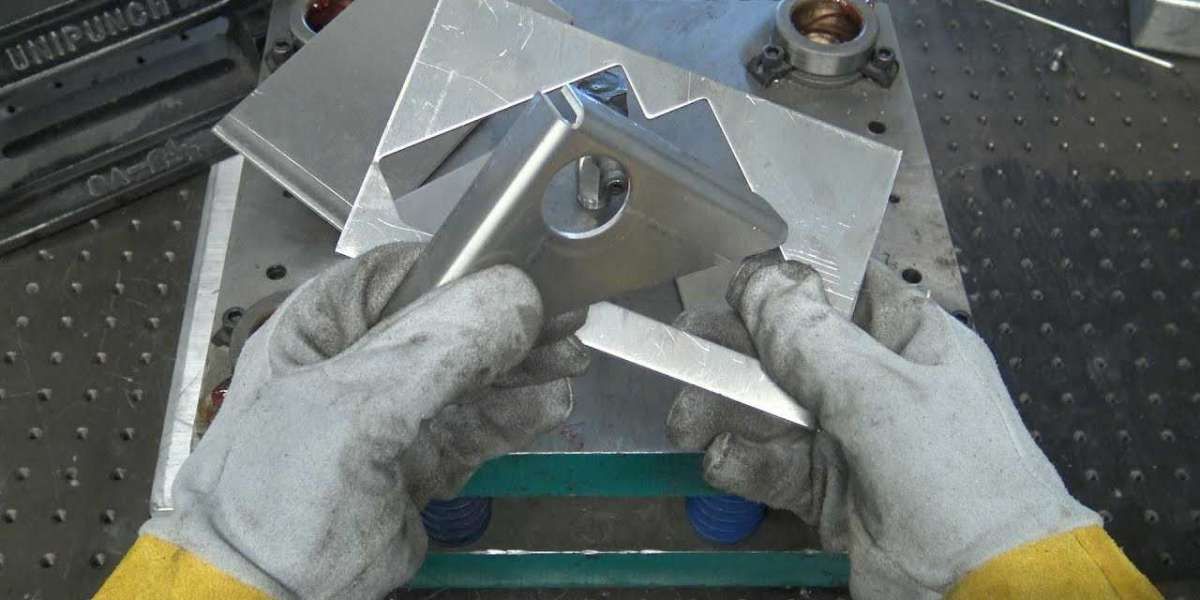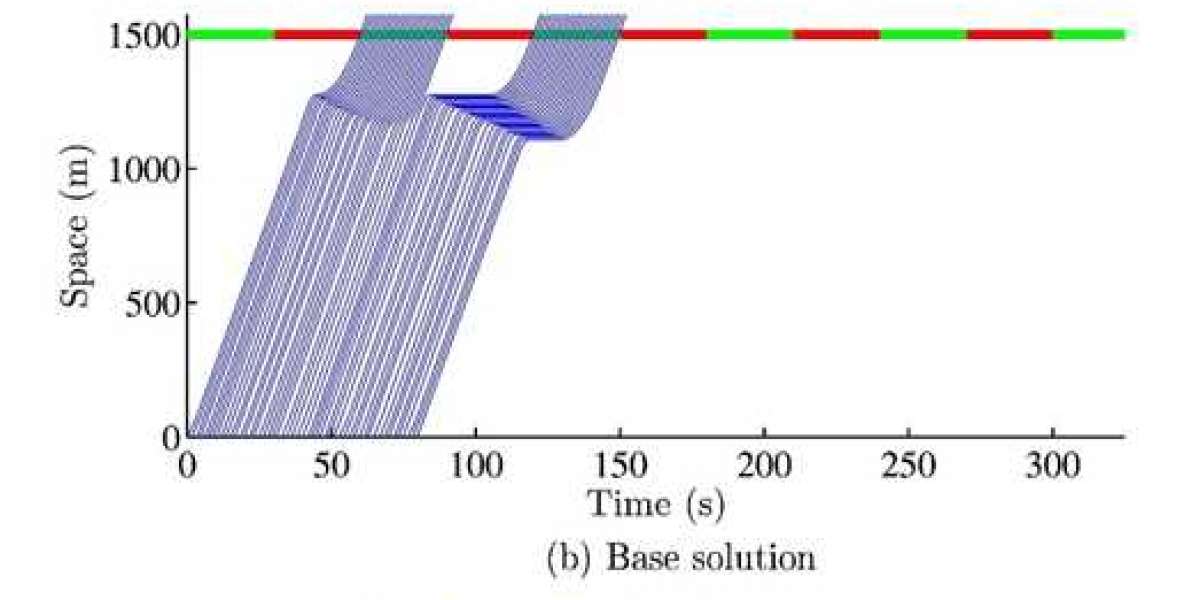The fact that aluminum is one of the most widely used metals across a wide range of industries is due to the fact that, when fabricated properly, it provides a wide range of benefits. When it comes to learning more about aluminum fabrication and how it can benefit your company, the professionals at LWS Manufacturing Welding would be delighted to assist you. In addition to aluminum fabrication, we provide a comprehensive range of fabrication and welding services as well.
What is the job of an aluminum fabricator?
Aluminum fabrication is the process of cutting, shaping, and extruding aluminum to create a finished product from a raw sheet of metal. A popular choice for fabrication, aluminium tube is superior to other types of metal due to its lightweight, corrosion-resistance, strength (in comparison to other types of metal), non-sparking, and non-magnetic properties. Aluminum is also malleable, which allows it to be easily shaped and extended in a variety of ways.
In the manufacturing industry, an aluminum fabricator is a person who works with aluminum in a variety of forms to create useful items. With the help of skills such as cutting, bending, and welding, the aluminum fabricator is able to create intricate projects that are not only strong but also functional. A variety of specialized skills are required of an aluminum fabricator, including knowledge of metallurgy, polishing, and buffing. Fabricators should take special precautions when performing certain operations, such as welding, because they can be dangerous.
Aluminum fabricators work with a variety of different types of aluminum, ranging from flat sheet aluminum to billet aluminum in a variety of shapes such as round, square, and other. Aluminium products manufacturer is well-versed in the skills of cutting and bending, both of which are extremely useful. Because aluminum cannot withstand the heat of a flame-type cutting tool without melting unevenly, shears are used for the majority of the aluminum cutting operations. The fact that large metal shear machines are difficult to transport means that much of the cutting and fabricating of aluminum must be done in a shop, as opposed to steel fabrication, which is frequently done on site. Only flat aluminum work, such as eaves-troughs, is exempt from this rule; these items are frequently manufactured and assembled on site.
Welding is a metal-joining process that involves the use of electricity and extremely high temperatures. The metal is heated until it melts, and then a filler metal is introduced into the molten weld puddle using a welding rod or welding wire to complete the welding process. Despite the fact that aluminum can be welded, it poses a threat to the aluminum fabricator in the form of toxic fumes when it is being melted. When welding aluminum, a special breathing apparatus must be worn by the aluminum fabricator in order to avoid being exposed to the fumes and becoming injured or even killed. Protection from the fumes and subsequent absorption of toxins through the skin are provided by other measures, such as the use of personal protective equipment (PPE).
While a brushed aluminum finish does not necessitate any special action on the part of the fabricator once the project is complete, a polished finish frequently necessitates the use of skilled workers in order to achieve the desired bright appearance. A skilled worker can buff the surface of aluminum to a bright and shiny finish with the help of a buffing wheel and specific compounds. The process is usually completed in several stages, with the worker applying progressively finer compounds to remove scratches and produce the bright sheen that some buyers of aluminum products desire. Depending on the manufacturing facility, an aluminum component may be created by a single fabricator who is responsible for the entire assembly process, from cutting the material to welding and finishing the component.









